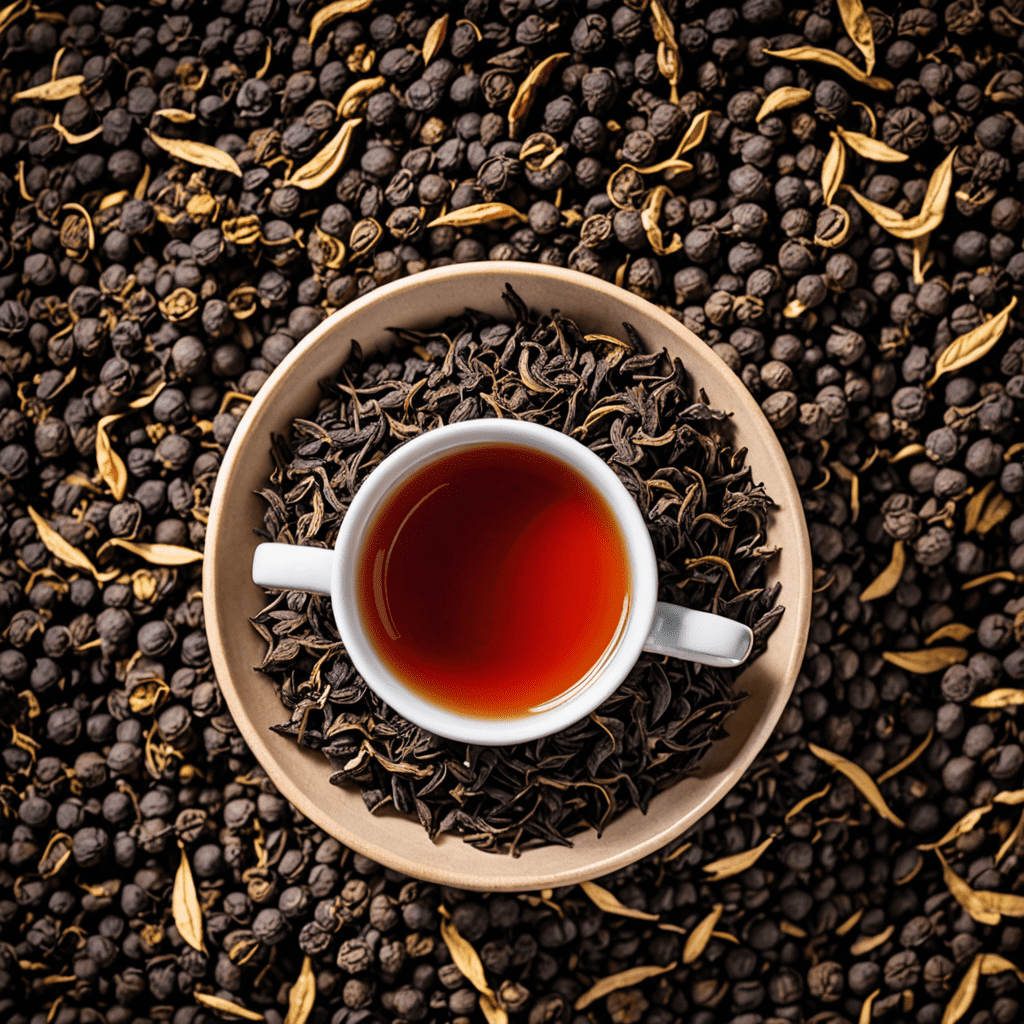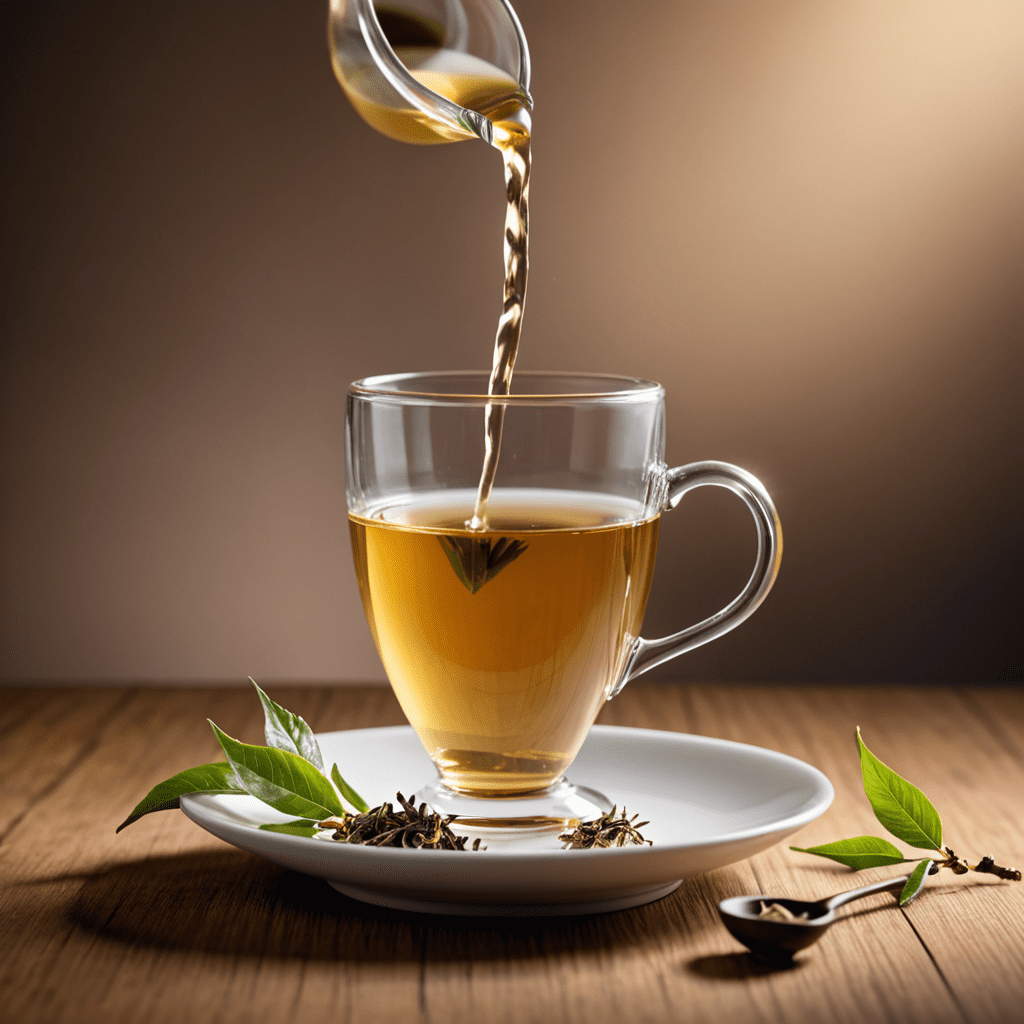
Pu-erh Tea: A Beginner’s Guide
Welcome to the world of Pu-erh tea, a unique and fascinating variety of tea that has captured the interest of tea enthusiasts worldwide. In this beginner’s guide, we will explore the origins, types, brewing techniques, health benefits, and more about Pu-erh tea. Let’s dive in!
What is Pu-erh Tea?
Pu-erh tea is a type of fermented tea that originates from the Yunnan province in China. This tea is made from the leaves of the Camellia sinensis plant and undergoes a fermentation process that sets it apart from other types of tea. There are two main types of Pu-erh tea: raw (sheng) and ripe (shou), each offering a distinct flavor profile.
The History of Pu-erh Tea
The history of Pu-erh tea dates back to ancient times when it was traded along the Ancient Tea Horse Road. This tea was highly valued for its medicinal properties and was often used as a form of currency in certain regions. Today, Pu-erh tea is cherished for its unique taste and potential health benefits.
Types of Pu-erh Tea
As mentioned earlier, there are two main types of Pu-erh tea: raw (sheng) and ripe (shou). Raw Pu-erh tea is known for its vibrant and bold flavors, often improving with age. Ripe Pu-erh tea, on the other hand, undergoes a faster fermentation process, resulting in a darker color and smooth, earthy taste.
Brewing Pu-erh Tea
When brewing Pu-erh tea, it’s essential to pay attention to water temperature, steeping times, and the amount of tea leaves used. To fully enjoy the complex flavors of Pu-erh tea, it is recommended to use boiling water for raw Pu-erh and slightly cooler water for ripe Pu-erh. Experimenting with different brewing techniques can help you find the perfect brew to suit your preferences.
Health Benefits of Pu-erh Tea
Pu-erh tea is believed to offer a variety of health benefits, including aiding in digestion, promoting weight loss, and reducing cholesterol levels. The fermentation process of Pu-erh tea is said to create unique compounds that support overall well-being. As with any tea or herbal remedy, it’s essential to consume Pu-erh tea in moderation as part of a balanced diet.
Where to Buy Pu-erh Tea
You can find Pu-erh tea in specialty tea shops, online retailers, and even some local supermarkets. When purchasing Pu-erh tea, look for reputable sources that offer high-quality teas to ensure you are getting an authentic and flavorful product. Exploring different brands and varieties of Pu-erh tea can add excitement to your tea-drinking experience.
In Conclusion
Pu-erh tea is a complex and intriguing tea that offers a myriad of flavors, aromas, and potential health benefits. Whether you are a seasoned tea connoisseur or just beginning to explore the world of tea, Pu-erh tea is a must-try for its unique characteristics and rich history. Embrace the journey of discovering the wonders of Pu-erh tea and savor each cup along the way.
FAQ
What is Pu-erh Tea?
Pu-erh tea is a type of fermented tea originating from the Yunnan province in China. It undergoes microbial fermentation after production, which gives it a unique flavor profile.
Is Pu-erh Tea the Same as Green Tea?
No, Pu-erh tea differs from green tea in its processing. Green tea is unfermented, while Pu-erh undergoes fermentation, resulting in distinct taste and health benefits.
What are the Types of Pu-erh Tea?
There are two main types of Pu-erh tea: raw (sheng) Pu-erh and ripe (shou) Pu-erh. Raw Pu-erh is aged naturally, while ripe Pu-erh undergoes a faster fermentation process to mimic aging.
How is Pu-erh Tea Brewed?
To brew Pu-erh tea, use hot water just below boiling temperature. Rinse the leaves briefly, then steep for about 1-5 minutes, adjusting to personal taste preferences.


